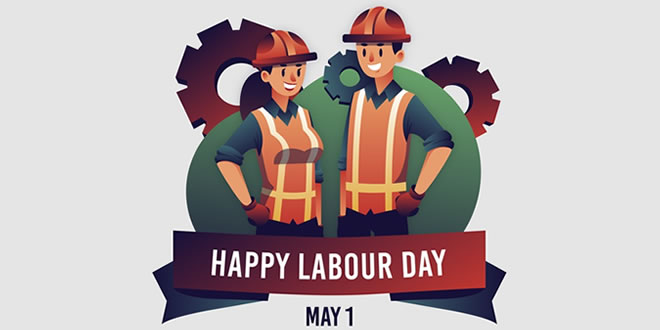May Day Description
Warmth and fertility, green grass, blooming trees and a profusion of flowers – the coming of spring signals an annual rejuvenation of nature, which is celebrated as May Day. The focal point of celebrations is the May pole, a tall rod generally hewn from a small to medium-sized tree festooned with garlands of flowers and decorated with long, colorful ribbons. People take up the ends of the May pole ribbons and dance around the pole until they have wound close to it – at which point they dance around in the opposite direction, winding outward. Songs and music accompany these events.
Such nineteenth-century touches as the exchanging of flower baskets remain a part of the day’s charm. Flowers and floral themes are an essential part of May Day, with bouquets offered to friends, relatives and teachers or hung on neighbors’ doorknobs; girls wear flower crowns, and a May Queen and King may be chosen in a mock ceremony.
Towns and villages around England hold processions with costumed celebrants, dancing and music, including such events as the Helston Floral Dance in Britain‘s Cornwall region. In the United States, May Day is treated as a children’s festival, with events taking place in homes, schools, churches and other community centers.
History:
Spring rites are a traditional part of a seasonal cycle that includes the autumn harvest and winter solstice. The Roman festival Floralia is commonly pointed to as the origin of May Day. The ancient Celtic May Day celebration was called “Beltane”, which is known nowadays as a Wicca holiday. May Day was especially popular in England during medieval times. Eventually, the Christian religious holiday Easter replaced the ancient festivals in all but the most dedicated pagan societies.
 Kids Portal For Parents India Kids Network
Kids Portal For Parents India Kids Network







